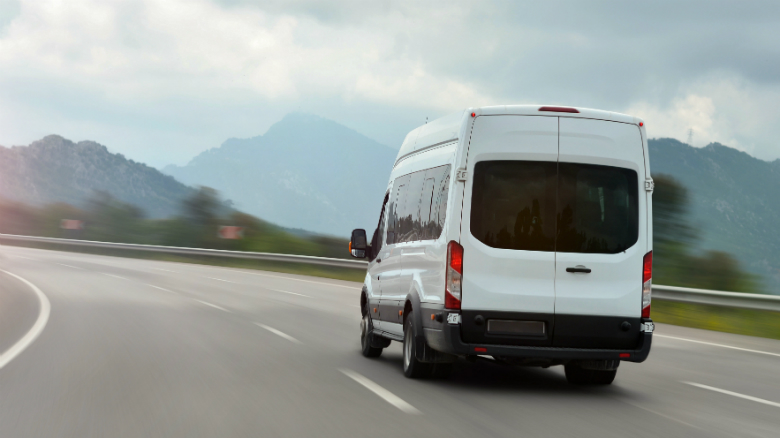
When talking about minibuses, there can be a variety of pictures that come to mind. After all, they come in many shapes and sizes. As vivid as they can be, it can be quite confusing to be in sync with the licence laws that revolve around minibuses; especially when you might be running a minibus service or have constant use of minibuses for your organisation or community. For example, we at Minibus Hire Hertfordshire have minibuses ranging from 9 seaters to 17 plus seaters; which demands us to regularly churn up our licence status since every vehicle has different rules that surround it. So here, we share the standardised pointers related to all the minibus licences.
Note: Despite clear rules, there are several elements of the law that are always open for interpretation. The basic thumb of rule is to keep the vehicle safe to drive and to service the passengers inside.
There are 2 types of licences that allow permits to drive passenger vehicles. For drivers who passed their test before January 1, 1997 – the rules state that they are only allowed to drive cars or small buses. They are not permitted to drive for rewards or to drive on a hiring basis.
Drivers who passed their tests on 1 January 1997, or after that date – are allowed to drive small buses under the circumstance where the following conditions are met:
From the above rules, it appears that vehicles with a maximum authorised mass of 3.5 tonnes or lower can be operated on a standard B car licence. However, many businesses that service through vehicles are either opting for bigger buses or are strictly only letting professionals handle their smaller minibuses.
The rules stated above are quite simple and to the point. It seems like smaller minibuses have very less to be taken into consideration when compared with bigger ones. Still, one should keep the points regarding payments, considerations, and rewards. Here are a few personalised tips by Minibus Hire Hertfordshire on staying in the good eyes of the authorities.
Always keep your vehicle’s designated weight limit (MAM) in mind. Overweight vehicles are potential hazards on the roads and authorities are quick to spot them. Even if you are driving a smaller vehicle, ensure that you do not carry any more weight than the recommended limit.
Always keep your licence updated and regularly churn up if any new penalty points or additional restrictions have been added.
People who appear for D1 tests fight both the practical as well as theoretical examinations. People with a D1 licence and Standard B car licence can also attain ongoing pieces of training. Be it MiDAS, online assessments, or practical driving assessments; any can always add up to your overall experience, knowledge, and proficiency.